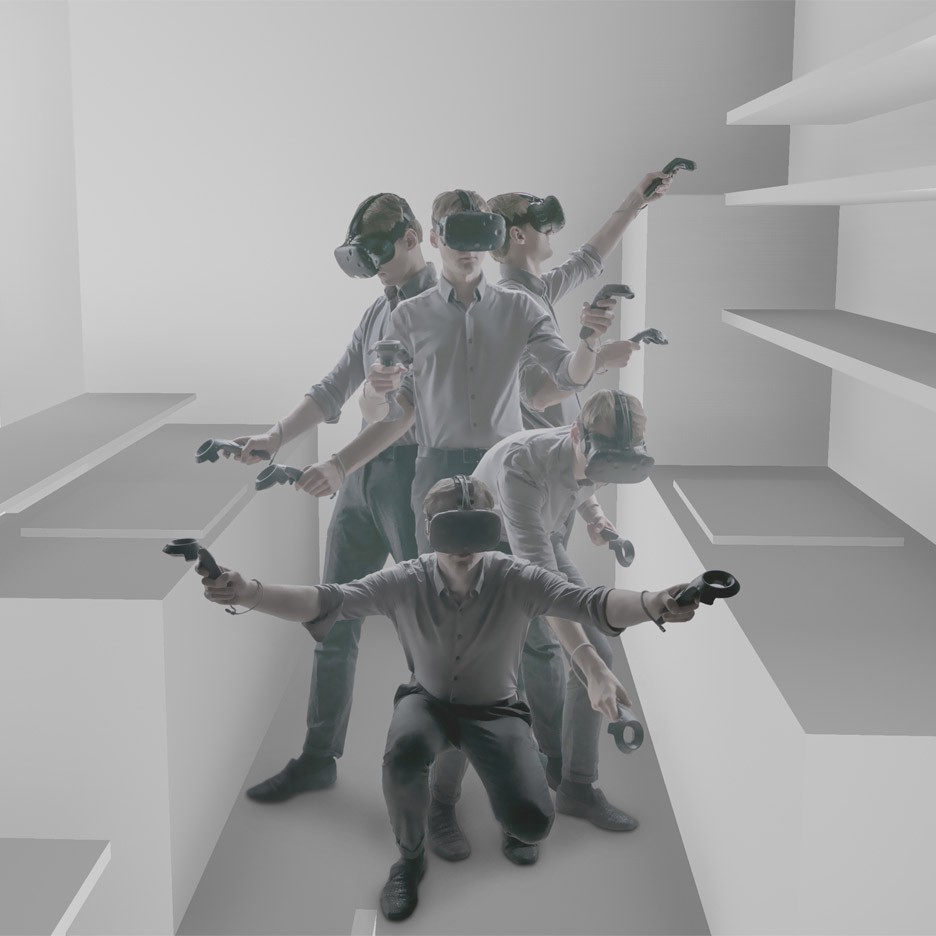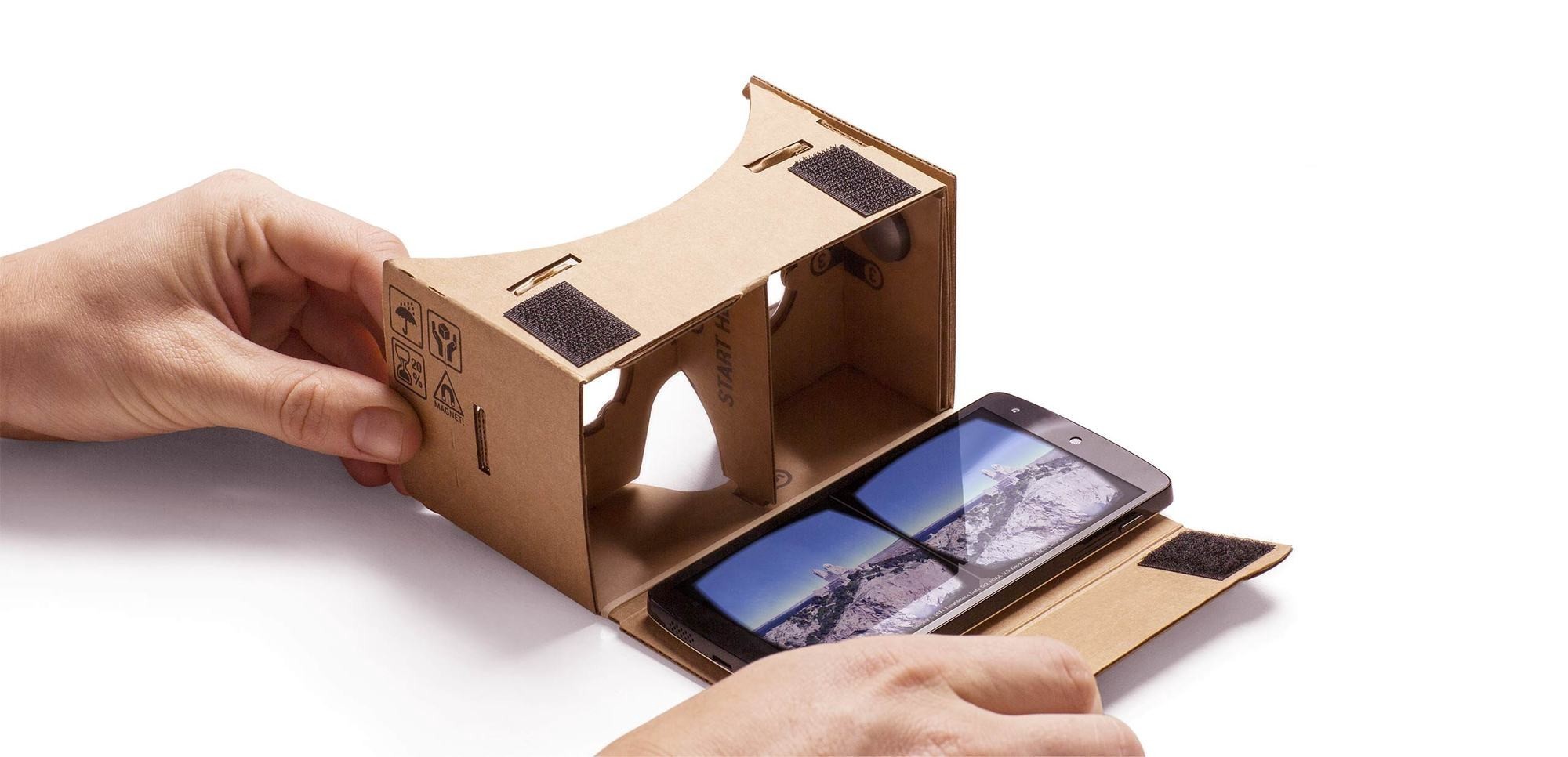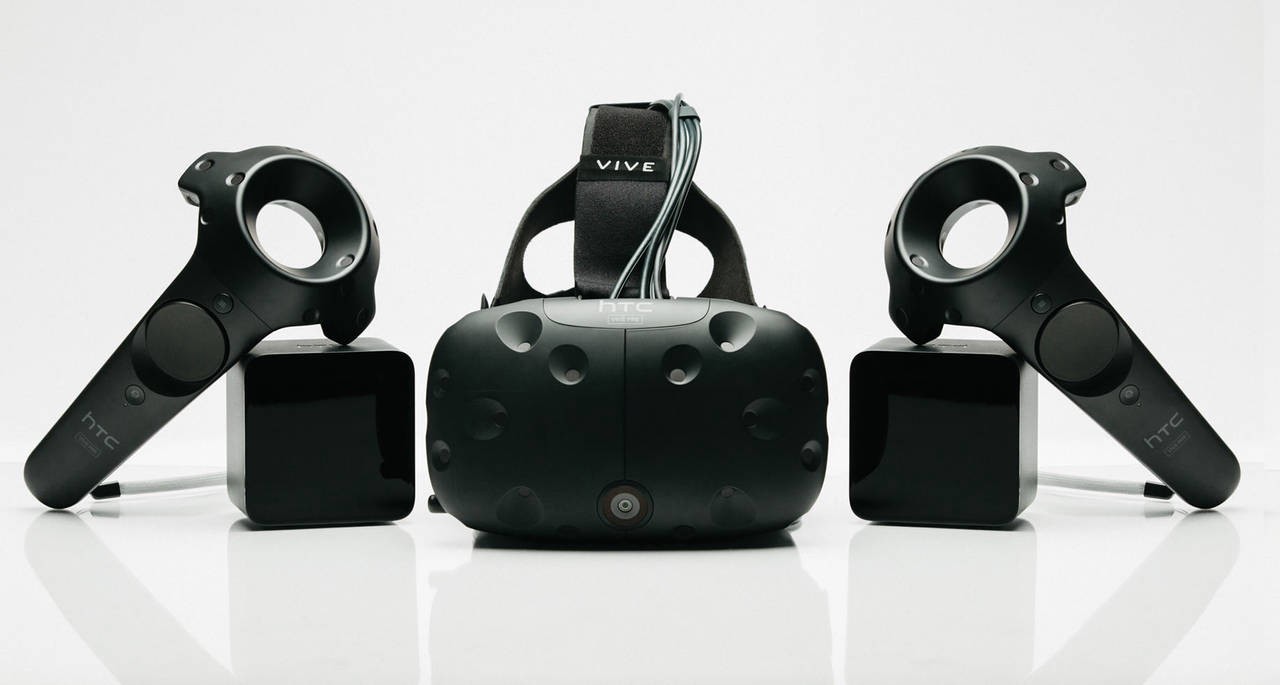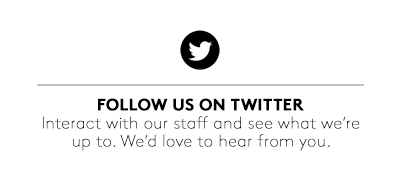The emergence of virtual reality applications for architecture has been one of the big stories of the past few years ? in the future, we?ve been told, VR will become an integral part not just of presenting a project, but of the design process as well.
For many design-led industries, the biggest challenge is often convincing the client that the finished article will look just like ? or better than ? the 2D or 3D representation.
No matter how talented the designer, it can take a leap of faith and a vivid imagination from the client to get them on board with, and excited by, a design idea.
Architecture is no different and that?s why virtual reality for architecture and design could help transform this industry.
In this article, we will look at the possibilities attached to this most exciting of new technologies, the benefits to designing in a virtual world (for both the designer and the client), and how we expect the industry to grow and evolve as virtual reality (VR) is accepted and implemented.
VR technology has so much potential for architects and designers. From initial design mock-ups, to project collaboration, through to the finishing touches that make a building design go from good to great, virtual reality possesses the capability to really sell an idea better than any other medium.
As mentioned at the beginning of this article, one of the greatest challenges faced by architects is working with a client to convince them that a design works, before receiving valuable ? and workable ? feedback that can be integrated into a finished design.
And the bigger the project, the more stakeholders it will inevitably involve. It?s unlikely that there will be one single decision maker; rather, multiple people will be asked for their input on various aspects of a building?s design. Getting all these people into a single room to discuss these design decisions can be incredibly difficult, not to mention time consuming and inefficient.
Floor plans, 3D renderings, and models are often used to convey an idea for a particular space within a design, but even these approaches ? a staple of architectural design ? can fail to effectively communicate ideas with clients.

This is where VR will come into its own. As an immersive technology, it will transport users into a fully interactive 3D environment, giving them the opportunity to explore a virtual representation of a particular room, floor, or building design as a whole.

DESIGNING IN A VIRTUAL WORLD
Now, this description of virtual reality for architecture might sound quite superficial. It will undoubtedly work as a presentation tool, allowing clients to gain an understanding of how a design will look to scale and at a more visceral level. But how will it impact an architect?s workflow?
To be truly effective, the VR technology will need to allow clients to fully interact with a proposed model; going so far as to be able to open and close doors and windows, turn lights on and off, and move objects around the room. This level of interaction will then need to form part of the client?s feedback ? i.e. what were the aspects of the design that the client particularly enjoyed? Where did they struggle to engage and interact? What didn?t they like?
Finally, this visual feedback has to be recorded and incorporated into the final design.

And while this level of detailed feedback might present a stumbling block or two to effectively implement VR for architecture and design (more on this later), the accessibility of the technology should pose no such problems.
Thanks to the proliferation of smartphone devices, virtual reality applications can be developed to be easily downloaded and installed onto a client?s phone. This means that, rather than having to spend money on expensive hardware, such as a dedicated VR headset, a cheap VR headset (such as Google Cardboard) could be provided along with the requisite floor plans and diagrams.

The very latest smartphone devices are comfortably powerful enough to support VR-quality graphics, and thanks to the built-in accelerometers, they will be able to detect movement as a client navigates their way through the virtual world.
Emerging Trends That Will Shape the Future of Architecture
Before we can contemplate the practice of the future, we must sharpen the tools we have at hand.
medium.com
THE BENEFITS OF VR FOR ARCHITECTURE
There are many benefits attached to moving architectural practices into a virtual environment. We?ve outlined a few of the main ones below.
?The incredible thing about the technology is that you feel like you?re actually present in another place with other people. People who try it say it?s different from anything they?ve ever experienced in their lives.? ? Mark Zuckerberg
A. Low Start-Up Costs
When considering introducing virtual reality technology into an architectural practice, the start-up costs are relatively low.
For internal presentations and walkthroughs, higher-end hardware such as the Oculus Rift or the HTC Vive would be beneficial ? the headsets cost around $600-$800 per unit. Additional computer hardware would be required too, but all-in-all a VR setup can be put together for under $8,000. And for most architects, a single client won off the back of implementing a suite of virtual reality tools will mean it?s money well spent.

B. Gain A Competitive Edge
If an architect is pitching for work, and it?s their turn to present to a prospective client, which of these do you think will win the day?
- A computer-built 3D rendering?
- Or a fully immersive virtual reality experience?
We would wager the latter would come out on top, provided the design was up-to-scratch. This is because a potential client will be won or lost on their ability to truly visualize the finished design. What better way to help them do that than present them with a to-scale detailed representation that they can walk around and interact with?
Staying ahead of the technological curve and becoming an industry leader is therefore crucially important for architects when it comes to securing more lucrative business.
C. Avoid Rounds of Revisions
Placing a client into a virtual and detailed representation of a building design will, in theory, make the feedback process that little bit more straightforward.
They can clearly see what they like and dislike about certain elements of the a design better than perhaps they would if viewing a floor plan or 3D model. And this means less time spent going back and forth revising designs and awaiting further feedback.
Real-time changes could also take place in the virtual world, allowing clients to get a sense for specific aesthetic features, such as wall colour, lighting, and even furniture.
D. Replicate Real-World Scenarios
Another important aspect of architectural design is understanding how an individual manages to navigate his or her way around a building.
By utilizing virtual reality for architecture design, it becomes possible to test the routes to emergency exits, for example.
While typically this has been tested via computer models, VR will allow for real people to react to real-world scenarios, helping architects to better understand just how safe their design really is, and what improvements are perhaps required.
For instance, we are witnessing a number of startups, specifically geared towards architecture and design, entering the VR marketplace. Here we summarize some of the best that have caught our eye recently.
First up is Symmetry. This innovative suite of tools allows architects and engineers alike to convert 3D CAD drawings into fully immersive virtual environments that they can explore. This solution is quite exciting in that it offers its users the ability to both interact with and alter designs from directly within the virtual space.
Next is IrisVR, which is quite similar to Symmetry. It transforms files created with industry-standard 3D rendering software into immersive VR environments. The difference between the two appears to be the user-friendliness ? IrisVR does not require extended training.
Another built specifically for architects, ARQVR uses a controller and the Oculus Rift headset to recreate structures. It offers a novel and customizable interface for building and rearranging objects, and even adding some aesthetic touches by painting walls.
The penultimate startup in this section is Truvision, which recreates virtual environments, allowing architects to walk around, observe, and interact. Using one of Oculus Rift, HTC Vive, or Samsung Gear VR, its users can identify structural issues and resolve them before even breaking ground, saving time and money.
Finally, taking VR for architecture to the next level, NBBJ allows its users to not only explore inside virtual structures, interacting with them in the process, but they can also create immersive urban designs.
Users will also be able to use existing 3D renderings created during the design process to quickly and efficiently build out VR versions of upcoming projects that can then be explored using a smartphone device.
2017 will be a banner year for Virtual Reality. User numbers will swell, revenues will continue to grow, and mainstream adoption is a very real prospect.
?VR is bringing designers and end-users together in a way we?ve never been able to before? ? Kelly Funk
Thanks for reading! 🙂 If you enjoyed it, hit that heart button below.






